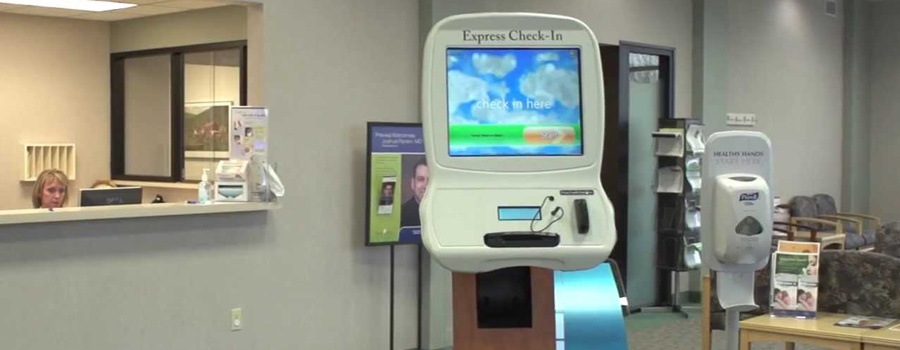Tag: patient
-

Patient Satisfaction: What Is It Really Worth?
In previous years, patient satisfaction discussions pertained only to patient surveys and results. Some managers believe surveys are utilized by specialties, such as plastic surgery practices that primarily operate on a cash basis. However, consumerism is here to stay! Cost and quality will create a level playing field in health care and increase the importance…
-

Can I Get a Witness? Do You Use Chaperones in the Exam Room?
In 2018, the world of sports was rocked with the revelation that Larry Nassar, a physician for USA Gymnastics, used medical examinations as a pretext to molest nearly three hundred female gymnasts over a twenty-year period. Many of these young athletes were abused while their parents were in the examination room. News coverage of the…
-

President Signs Bills Lifting Pharmacist ‘Gag Clauses’ on Drug Prices
Earlier this week, President Trump signed two bipartisan bills into law that will allow pharmacists to tell patients they can save money on drugs by paying cash or trying a lower-cost alternative. At issue was the “broken” drug pricing system in the U.S. that was forcing patients to make decisions, which could have negatively impacted…
-

CMS Updates LCD Determination Process
On Oct. 3, 2018, the Centers for Medicare and Medicaid Services announced updates to Chapter 13 of the Medicare Program Integrity Manual, which deals with Local Coverage Determinations. According to CMS, the updates are intended to “increase transparency and patient engagement.”[1] These changes call for informal meetings with interested parties before a formal request is…
-

Front Office Transformation – First Impressions
I recently visited a specialty practice at a major health system. As I approached the registration desk, a posted sign directed me to a standing kiosk to sign in. The family member I accompanied to the appointment was unable to stand at the kiosk, so I provided the needed information and signed her in. Although…
-

Changes in Patient Access
Physicians have struggled with the impact of the Affordable Care Act since its passage in 2010, but there is a new, more powerful and insidious change underway which will have dramatic impact on all medical practices. The free enterprise system together with an emergence of the Millennial generation has begun to break medicine of some…
-

How to Make HIPAA Disclosures During Mass Tragedies
In light of the recent incident in Las Vegas, the Office of Civil Rights, the government entity responsible for HIPAA Compliance, issued clarification guidance on the ability of a health care provider to share patient information during such situations. While such incidents are taxing on health care providers in terms of treating capacity and ability,…
-

Injured? Dial 1-800-4-MED-MAL
Legislation Threatens Decades of Medical Tort Reforms If 1-800-4-MED-MAL sounds like a personal injury firm advertisement, think again. But if proponents of a radical new alternative medical liability system get their way, 1-800-4-MED-MAL could be an avenue for turning every persistent migraine, bout of acute pain and post-operative bruise into cash payments. This radicalized approach…